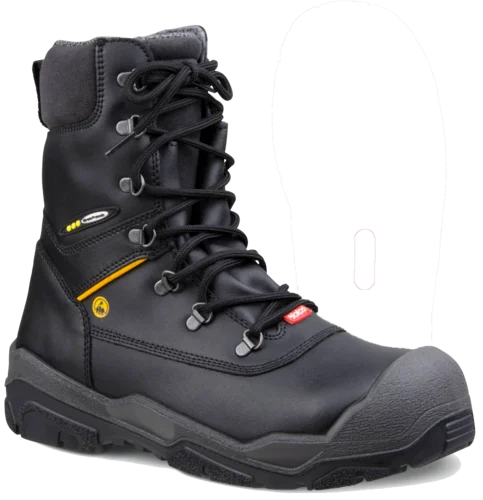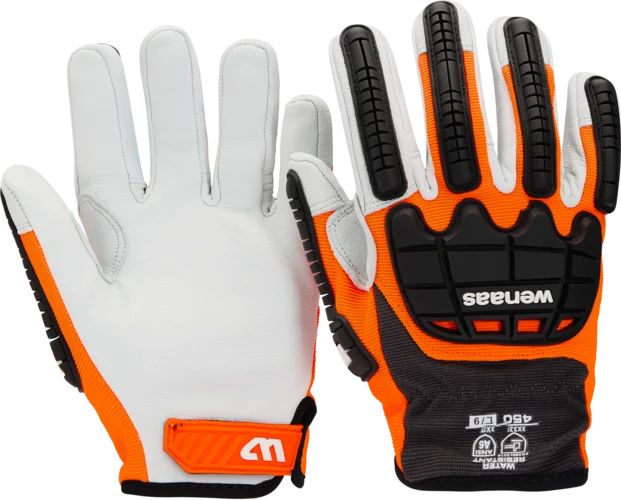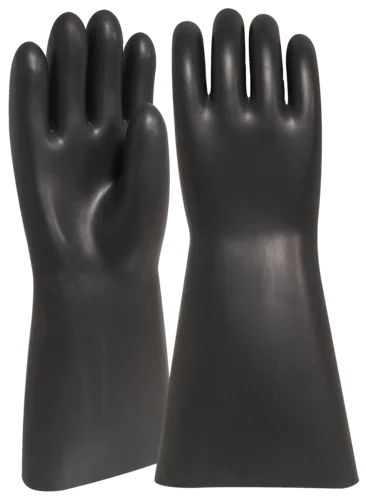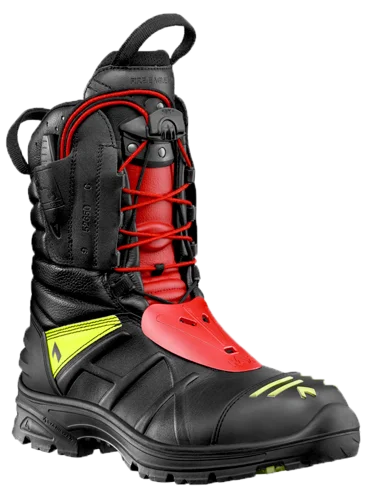Risk assessment in the workplace
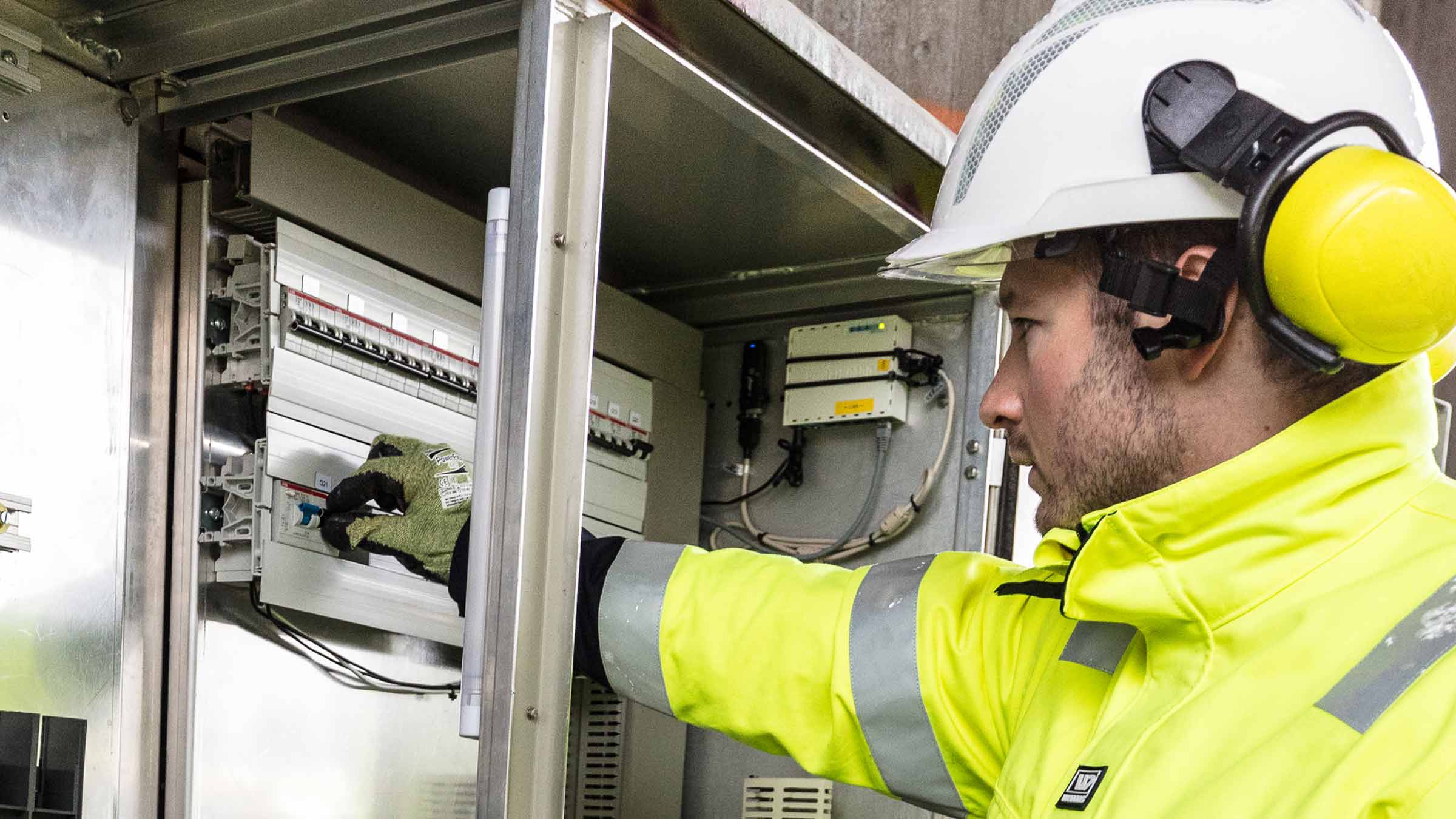

Risk assessment requires regular mapping processes and evaluations of hazards and challenges in work situations. Assessments must be performed regularly to keep the risk level as low as possible at all times. The employer holds responsibility for ensuring that such assessments are carried out, where the objective is to prevent injuries and illness in connection with work situations.
ALL COMPANIES ARE REQUIRED TO MAP AND EVALUATE HAZARDS AND PROBLEMS AT THE WORKPLACE – AND TO ASSESS THE RISK ASSOCIATED WITH THE WORK THAT IS BEING DONE.
Risk assessment made easy
Mapping and assessing the risk of hazards and challenges in work situations don´t have to be difficult and complicated. The risk assessment process will naturally vary depending on the size of the workplace and the type of work being carried out.
Here are three simple questions that should be asked as a part of the risk assessment:
- What could go wrong at the workplace?
- What can be done to prevent it happening?
- What can be done to limit the consequences if things do go wrong?
A risk assessment should and must always be carried out in consultation with the employees, union representative and safety officer. If you are not sure how to carry out a risk assessment at the workplace – or if particularly complicated hazards exist – you can contact organisations such as the Occupational Health Service for assistance. However, no matter how the process is executed, and who actually performs the risk assessment, it is the employer who holds responsibility. Start the risk assessment at the workplace by identifying all potential dangers. Every risk identified can contribute to the choice of suitable work clothes offering the appropriate level of protection and the necessary comfort. Wenaas can supply bespoke solutions of protective work clothes for almost all professions and working conditions, based on your company’s risk assessments. We supply clothes approved and certified for multiple hazards and dangers. This makes it possible for the individual employee to perform multiple tasks and work in different environments – without having to stop and change clothes.
Examples of risks that should be examined as part of a risk assessment:
- Protective clothing for use in welding (EN ISO 11611).
- The general guidelines call for an ATPV/EBT rating of at least 8 cal/cm2.
- In situations of higher risk, we recommend multiple layers of protective clothing.
RISK ASSESSMENT, ELECTRICIANS
- Protection against contact with heat and flame (EN ISO 11612).
- Garments certified for protection against thermal hazards that may occur in electric arc accidents (IEC 61482-2).An ATPV/EBT value of at least 8 cal/cm² is the general guideline.
- For higher risk, multiple layers of protective clothing are recommended, or garments with a higher arc rating.
RISK ASSESSMENT, OIL WORKERS
- Protection against contact with heat and flame (EN ISO 11612).
- Clothes certified to provide protection against sudden discharges of electrostatic energy and used in situations where there is a risk of static sparks igniting flammable substances such as gas or oil (EN 1149-5).
- Conductive features such as metal zips and buttons must be concealed for improved safety.
- Protection against the rain and elevated visibility are also important factors for this group.
RISK ASSESSMENT, RAIL WORKERS
- Protection against contact with heat and flame (EN ISO 11612).
- Certified clothes to make users highly visible in their immediate surroundings during the day, at night and in bad weather (EN ISO 20471).
- Some workers also need clothes certified in accordance with the EN ISO 11611 standard for welding and similar activities.
Products
Related articles


Workwear for extreme conditions
Project Arctic Protection - a collection developed to cope with with extreme conditions


3-layer flame retardent protection
3-layer clothing with flame-retardant properties from the outer to the inner layer increases safety and flame, arc flash protection and comfort levels all year round.
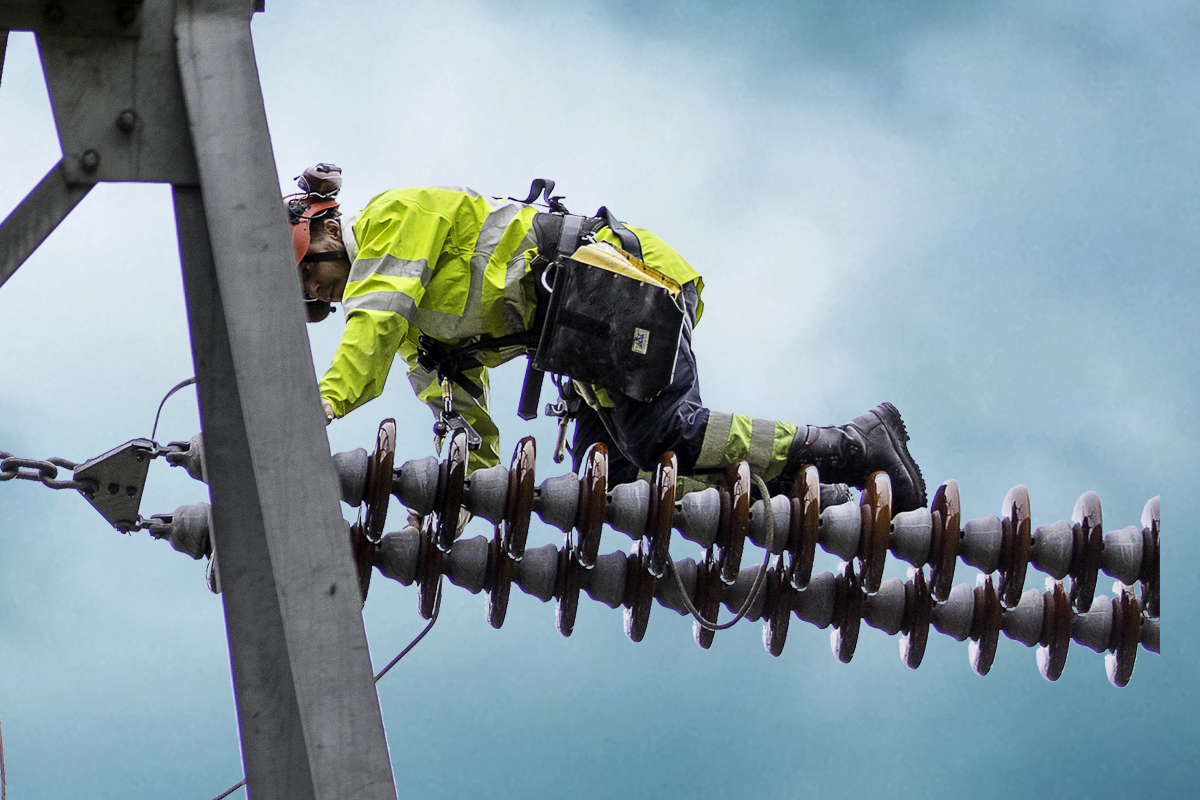

What is arc flash?
Protection is essential for everyone who works with electrical installations, performs maintenance of equipment in systems not secured against arc flash, and works with high-voltage equipment.




